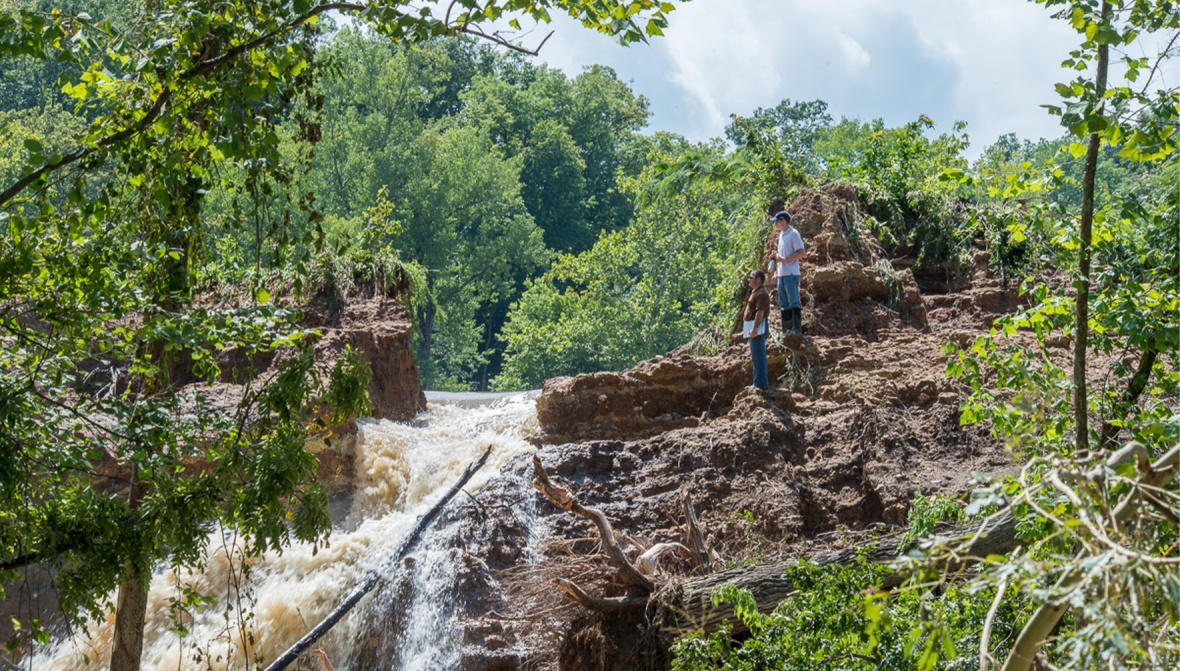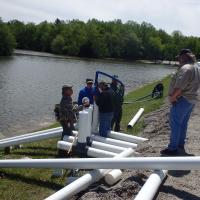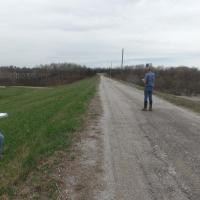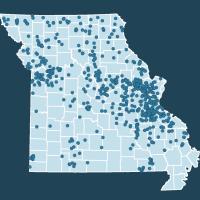
The department’s Dam and Reservoir Safety Program works with citizens, dam owners, engineers and emergency managers to ensure dams in Missouri are constructed, maintained and operated in a safe manner. This is accomplished by regulation of all nonagricultural, nonfederal dams that are 35 feet or more in height, and by providing technical assistance and informational resources to dam owners and the general public.
The dam safety law, established in 1979 by House Bill 603, created the Dam and Reservoir Safety Council and the Dam and Reservoir Safety Program. The council is a group of volunteers, appointed by the Governor, who collectively represent the interests of dam owners, related industries, engineering professionals and the general public. Together with department staff, quarterly public meetings are held to conduct business related to dams in Missouri.
The Dam and Reservoir Safety Program currently oversees 700 dams in Missouri. All dams are regularly inspected prior to permit renewal, which typically expires every two to five years, depending on downstream hazard. During inspections, each dam is surveyed and visually inspected for embankment stability, spillway capacity and general upkeep. A robotic inspection system is used to assess spillway pipe integrity. Additionally, the downstream is checked for new development in the possible inundation zone. A comprehensive report is sent to the owner and retained in the program’s historical file for each dam. Currently more than 98% of regulated dams have a valid operating permit.
“Dam inspections are beneficial for both the dam owner and the downstream public. The specialized technical knowledge and services provided by the program are very valuable to us as dam operators,” said Dan Buxton of Doe Run Company.
The program also responds to emergency situations in conjunction with local emergency management agencies, and assists owners in the installation of siphon systems and spillway bypass channels to safely lower water levels during emergencies. The program assists owners of high-hazard dams in creating Emergency Action Plans, which provide general procedures to be used during an emergency. Learn more about dam safety online at dnr.mo.gov/geology/wrc/damsafety.htm.






